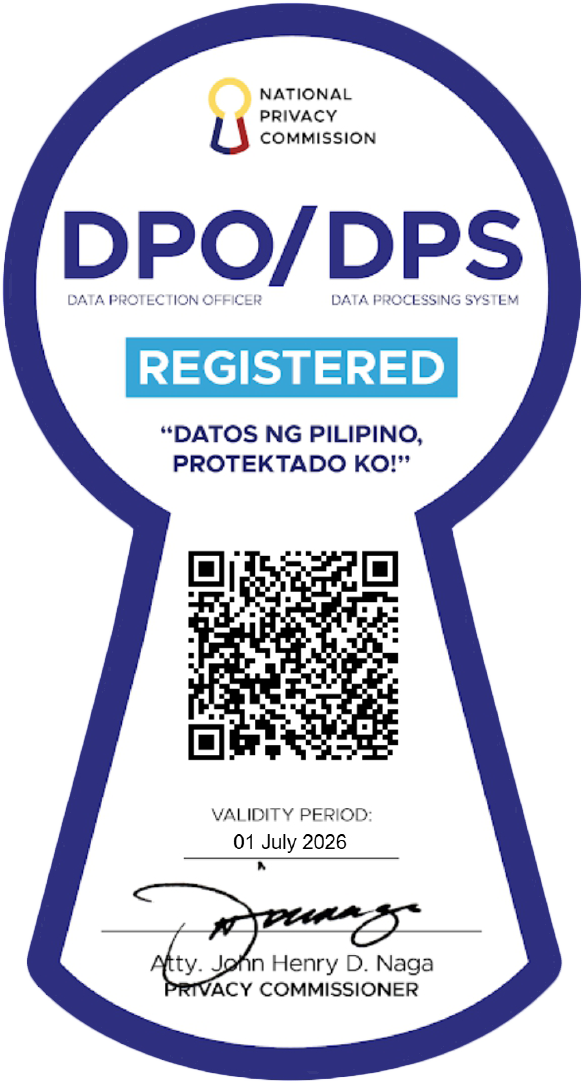Total solar eclipse 2024: Who gets to see it and what to expect?
ADVERTISEMENT

Welcome, Kapamilya! We use cookies to improve your browsing experience. Continuing to use this site means you agree to our use of cookies. Tell me more!
Total solar eclipse 2024: Who gets to see it and what to expect?
Reuters
Published Apr 04, 2024 07:57 PM PHT

Watch more on iWantTFC.com. Watch hundreds of Pinoy shows, movies, live sports and news.
Watch more on iWantTFC.com. Watch hundreds of Pinoy shows, movies, live sports and news.
The moon will blot out the sun for millions of people in North America along a path crossing from Mexico into the United States and then Canada in a total solar eclipse occurring on Monday (April 8).
The moon will blot out the sun for millions of people in North America along a path crossing from Mexico into the United States and then Canada in a total solar eclipse occurring on Monday (April 8).
“Everybody in the contiguous United States will get to see a partial eclipse where the moon partially blocks out the sun. Some people who are in the path of totality will get to see a total solar eclipse, and that's where the moon totally blocks out the main body of the sun,” Dr. Nicholeen Viall, NASA’s Mission Scientist for PUNCH (Polarimeter to Unify the Corona and Heliosphere) told Reuters on Wednesday (April 3).
“Everybody in the contiguous United States will get to see a partial eclipse where the moon partially blocks out the sun. Some people who are in the path of totality will get to see a total solar eclipse, and that's where the moon totally blocks out the main body of the sun,” Dr. Nicholeen Viall, NASA’s Mission Scientist for PUNCH (Polarimeter to Unify the Corona and Heliosphere) told Reuters on Wednesday (April 3).
According to NASA, the April 8 eclipse will begin over the South Pacific, with its path reaching Mexico's Pacific coast at around 11:07 a.m. Pacific Time before entering the United States in Texas.
According to NASA, the April 8 eclipse will begin over the South Pacific, with its path reaching Mexico's Pacific coast at around 11:07 a.m. Pacific Time before entering the United States in Texas.
Its path then takes it through Oklahoma, Arkansas, Missouri, a tiny piece of Tennessee, Illinois, Kentucky, Indiana, Ohio, a tiny piece of Michigan, Pennsylvania, New York, Vermont, New Hampshire and Maine. A partial eclipse is due to be visible for people in all 48 contiguous U.S. states.
Its path then takes it through Oklahoma, Arkansas, Missouri, a tiny piece of Tennessee, Illinois, Kentucky, Indiana, Ohio, a tiny piece of Michigan, Pennsylvania, New York, Vermont, New Hampshire and Maine. A partial eclipse is due to be visible for people in all 48 contiguous U.S. states.
ADVERTISEMENT
The path then enters Canada in Ontario and journeys through Quebec, New Brunswick, Prince Edward Island and Cape Breton, exiting continental North America on the Atlantic coast of Newfoundland, Canada, at 5:16 p.m. Newfoundland Time.
The path then enters Canada in Ontario and journeys through Quebec, New Brunswick, Prince Edward Island and Cape Breton, exiting continental North America on the Atlantic coast of Newfoundland, Canada, at 5:16 p.m. Newfoundland Time.
“Total solar eclipse happens somewhere on the earth about every 18 months. But of course, most of the earth is water,” Viall said, explaining the significance of the solar eclipse. “The fact that so many people live nearby the total eclipse or live in the partial phases of the eclipse, it just means so many more people will get to participate in this event,” she added.
“Total solar eclipse happens somewhere on the earth about every 18 months. But of course, most of the earth is water,” Viall said, explaining the significance of the solar eclipse. “The fact that so many people live nearby the total eclipse or live in the partial phases of the eclipse, it just means so many more people will get to participate in this event,” she added.
People in various parts of the world will get to experience more eclipses in the coming months and years, according to NASA. - report from Reuters
People in various parts of the world will get to experience more eclipses in the coming months and years, according to NASA. - report from Reuters
ADVERTISEMENT
ADVERTISEMENT


